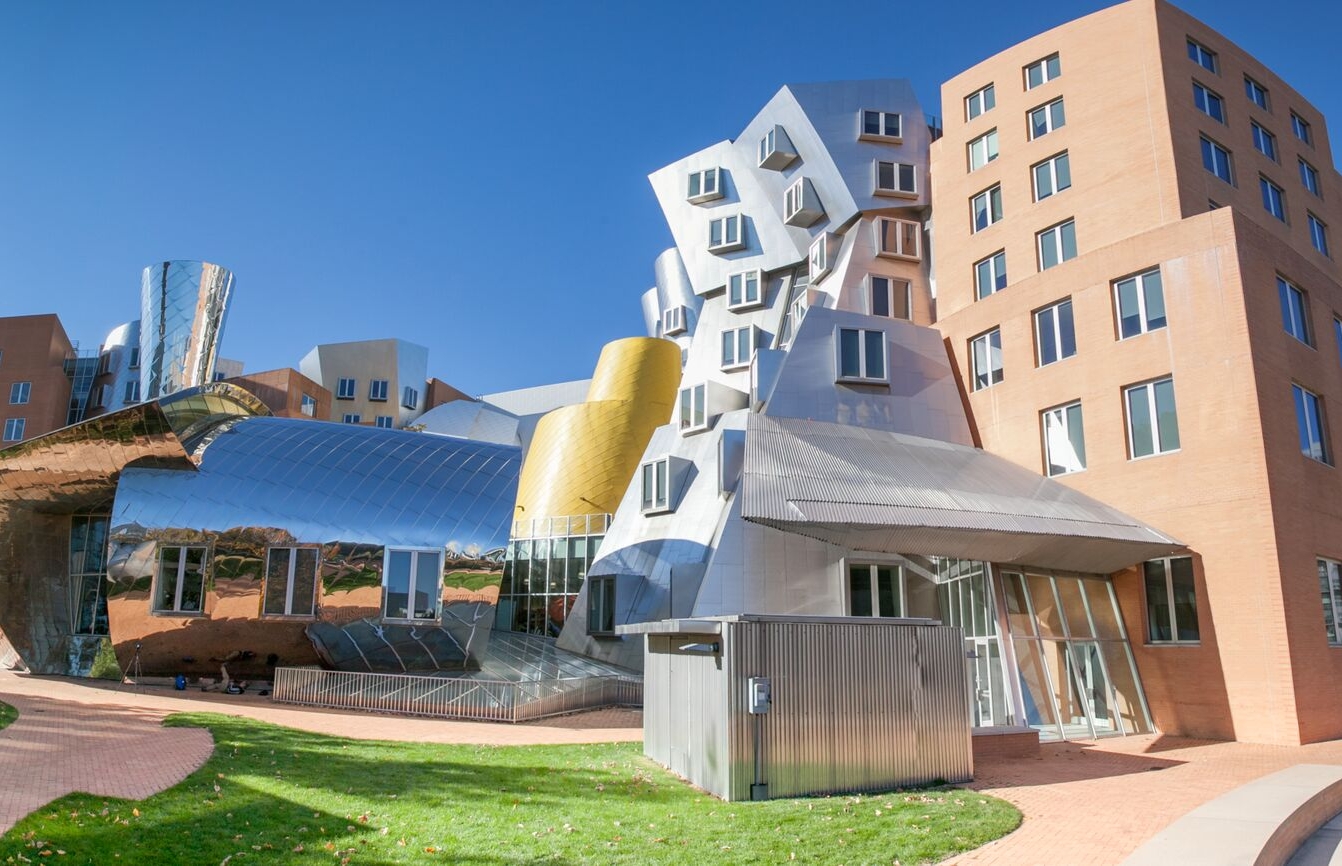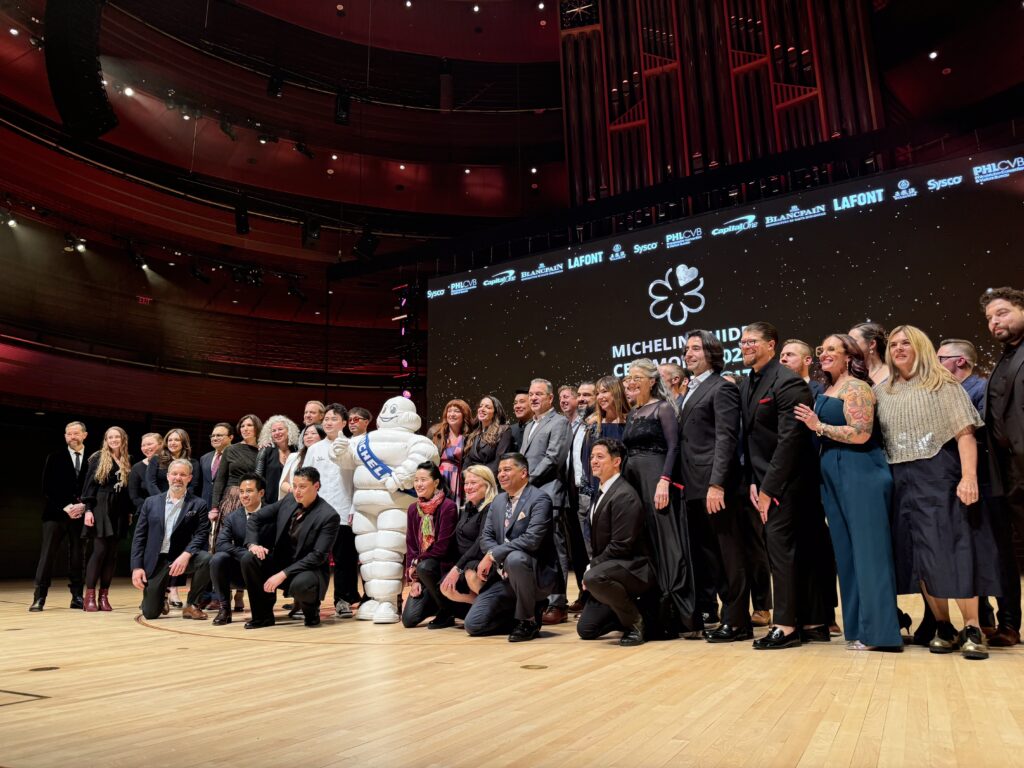Thanks to Sandrine Deschaux RE/MAX Destiny for talking architecture with us below! In pursuit of a real estate career, Sandrine Deschaux moved to Cambridge from her hometown, Grenoble, France.
Cambridge is a vibrant city with a character deeply rooted in the timeless buildings and inventive architectural designs of the area. From modern additions to the Harvard Art Museums to longstanding monuments in the Mount Auburn Cemetery, here are some of the most notable architectural buildings nearby Cambridge homes.
Harvard Art Museums
The Renzo Piano Building Workshop took on the daunting task of expanding the Harvard Art Museums with high-caliber finesse and professionalism. The addition was no easy task, as it was bogged down by restrictions and a pressing responsibility to unite the three museums with a cohesive design. The finished product reflects the RPBW’s non-style approach to design, which centers around the use of engineering technology to define a site’s space.
A glass roof covers the original 1927 building, providing a spacious atmosphere and reminder of the outdoors. Its 30-degree design was selected for the way it disappears from the skyline at certain angles. The eastern side features glass walls along its entry-level, glazed bays, and a boxy two floors outfitted in Alaskan cedar.
The Carpenter Center for the Visual Arts
Another landmark architectural piece nearby Cambridge real estate is the Carpenter Center for the Visual Arts at Harvard. This building was designed by Le Corbusier, a famous Swiss-based designer. In fact, this five-story building is Le Corbusier’s only creation in North America. Completed in 1963, its modern design reflects Le Corbusier’s own ideas of what the visual arts should be.
The Carpenter Center has an original, asymmetrical façade that juxtaposes geometric shapes, vertical and horizontal lines, and surrounding traditional architecture. A ramp leads up towards an industrial entryway and a circular courtyard. Glass brick breaks through the concrete design while deep recesses in the exterior punctuate the façade with rectangular shadows.
Longfellow House
There are plenty of Cambridge homes with historic and cultural significance throughout the city, one of which is the Longfellow House. This home was built in 1759 for a wealthy landowner named John Vassal and reflects his upper-class sensibilities. The original structure featured four spacious rooms around a central staircase. The exterior was adorned with pilasters, symmetrical windows, and a pediment atop the entryway. When the owners fled the home during the revolution, it became the headquarters for George Washington.
After the revolution, Federal-style additions were incorporated into Longfellow House. These included two verandas on both sides of the home and an L-shaped addition behind the property. The mix of Georgian and Federal styles is an important marker of the changing times. The Longfellows bought the property during 1843 when it became iconic in regards to the Colonial Revival movement.
Mount Auburn Cemetery
The Mount Auburn Cemetery delicately balances its responsibility as a final resting place for those who passed with its development of a serene venue. The monuments that adorn its natural beauty serve as a site to study the evolution of funerary art over 180 years.
Visitors can step back in time when viewing the Hannah Adams Monument erected in 1832. This was the first monument to be placed at Mount Auburn and was carved by local stone carvers Adolphus Cary and David Dickinson. The Appleton Monument at the top of Cedar Hill was a prime plot auctioned off and won by Samuel Appleton, a merchant-philanthropist who lived in Massachusetts. The monument’s design is a miniaturized Grecian Temple carved from marble in Italy around 1838.
Other notable monuments in the Mount Auburn Cemetery include Hygeia (created by Edmonia Lewis, one of the first Black sculptors in America), the newly-repaired Fagnani Monument, the Shaw Monument, the double-angel Henry Coffin Nevins Monument, and the Naval Monument created in the 1840s.
Stata Center
Located at MIT, the Stata Center was designed by Frank Gehry, winner of the Pritzker Architecture Prize. Its foundations rest on the previous Building 20, which was home to the Radiation Laboratory. This impressive building splits off into two separate towers above the fourth floor, called the Gates Tower and the Dreyfoos Tower, after two of its funders, Bill Gates and Alexander W. Dreyfoos Jr.
The Stata Center offers a whimsical exterior inspired by Gehry’s use of “everyday” materials, curvy edges, steel, and pops of color. The walls of shining towers wrinkle into themselves and tip capriciously forward. A cylindrical yellow feature is stacked with another off-center cylindrical piece. The result is a busy and warped skyline akin to an optical illusion or computer glitch.
MIT Chapel
Another must-see at MIT is the MIT Chapel. Famed architect Eero Saarinen created its graceful design suitable for practicing all faiths. A stained-glass entryway welcomes visitors into the undulating brick-wall interior. Light cascades from a domed skylight up above, the only window in the chapel. A marble altar atop a circular marble platform serves as the centerpiece of the building, while a stringed metal sculpture reflects sunshine into the room.
Check Out Cambridge’s Stunning Architecture
Spots like Harvard Art Museums feature the work of renowned architects, while the Longfellow House and Mount Auburn Cemetery showcase a historic record of changing aesthetics. The modern and historic architecture in Cambridge offers a textured and unique environment for locals and tourists.



